Myths and Legends: Guild Showcases Local Artists Through Folklore Exhibit at Ann Arbor’s Gutman Gallery
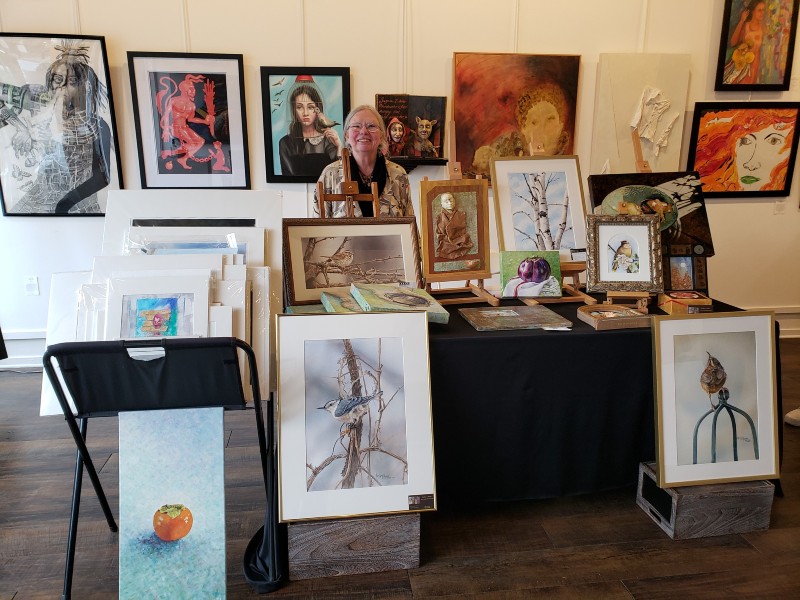
Ann Arbor artist-photographer Marilynn Thomas interprets a migratory Baltimore oriole's transitory world in her layered watercolor painting called Oriole Unraveling the Universe.
She places the juvenile bird at the center of a tree while vivid red-orange hues and muted pastels color his mystical surroundings. Stenciled ferns and dragonflies provide momentary companionship as the oriole decides whether to stay or go.
Within his beak lies the familiar outline of the golden mean, which represents a magical portal that allows him to travel from one universe to the next.
“That’s his universe; that all belongs to him,” Thomas said. “I’ve done a lot of orioles simply because they only come through in spring and fall, and they’re kind of exciting. I like the migrant birds, and I’ve been painting birds for 20 years.”
University of Michigan Museum of Art’s expansive "Watershed" exhibit flows through the political and social history of the Great Lakes region

University of Michigan Museum of Art’s (UMMA) Watershed exhibition comments on the complicated relationship the Great Lakes region has with water. Despite the area's broad access to fresh water, cities like Flint have endured ongoing water crises, rivers like the Huron are impacted by contaminating spills, and the Great Lakes watersheds continue to degrade.
The exhibit brings together a diverse group of 15 contemporary artists whose works focus broadly on the Great Lakes area. Watershed offers wall text in both English and Anishinaabemowin (translated by Margaret Noodin and Michael Zimmerman, Jr.) in recognition of the Anishinaabeg (commonly referred to as Ojibwe) being indigenous to the Great Lakes region.
Watershed is complex and expansive. As curator Jennifer Friess states, it “immerses visitors in the interconnected histories, present lives, and imagined futures of the Great Lakes region.” The exhibition title refers to “the geographical network of the Great Lakes basin—the five lakes (Huron, Ontario, Michigan, Erie, and Superior) and rivers, streams, and reservoirs that feed into them.”
The artists’ engagement with the concept of the Great Lakes regions’ rich and often exploited resources vary in scope and content, offering a wide array of responses to past, present, and future iterations of activism and justice related to these waterways. Friess notes, “Many sound an alarm about the pervasive and lasting effects of corporate self-interest and extractive pollution. … All demonstrate how art can contribute to and shape current dialogues on the critical problems confronting our region.”
As noted, this exhibition features six new commissions from artists selected by the museum:
Artistic Ecosystem: Hava Gurevich exhibits 20 years of nature-inspired art at Matthaei Botanical Gardens

Hava Gurevich beautifully imagines and creates her own artistic ecosystem.
The Ann Arbor artist blends nature’s vibrant colors with unique lifeforms and hypnotic botanical, aquatic, and microscopic motifs to capture a universal interconnectedness.
Those stunning linkages thrive and evolve across Gurevich’s latest acrylic art exhibit, Inspired by Nature: 20 Years of Art by Hava Gurevich, at the University of Michigan’s Matthaei Botanical Gardens in Ann Arbor.
“My work is very aquatic and botanical, but it’s been more botanical in the last few years because I’m not close to any body of water that has life in it,” said Gurevich, whose exhibit runs through Sept. 11 and includes artwork created from 2002 to 2022.
“There’s an intentional connection to nature and an intentional connection to plants and native plants, like prairies and wildflowers, and it’s all of those concepts that are in my work. They’re all here … and the themes all kind of fit.”
The Guild of Artists & Artisans with Gutman Gallery showcase up-and-coming artists in their annual "Emerge" exhibition
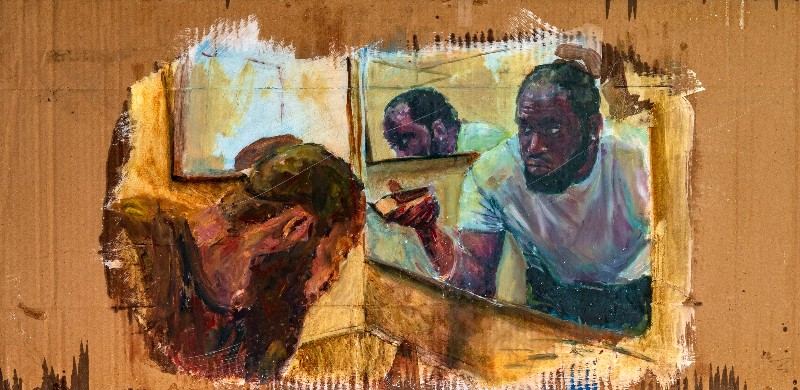
An exhibition featuring newer or less-established artists might conjure up thoughts of an elementary school art fair.
But one peek at the new Emerge exhibit at Ann Arbor's Gutman Gallery will banish those incorrect thoughts right back into that giant box of unexamined fingerpaintings your kid did as a tot.
Like last year's inaugural edition, the Gutman Gallery and The Guild of Artists & Artisans have created another show worthy of excitement and praise for all the fresh talent highlighted in Emerge.
Check out the press release below and see some samples of the work featured in the exhibition.
Portraits in Motion: Joel Swanson's "People and Other Living Things" at 22 North Gallery

Right: Joel Swanson, Walt, 27”x48, 2019, 10-minute 4k video. Photo by K.A. Letts.
In his first solo gallery show, People and Other Living Things, Joel Swanson brings his considerable powers of observation—honed by years as a research microbiologist—to the examination of his fellow human beings.
On view weekends throughout the month of July 2022 at 22 North Gallery in Ypsilanti, the exhibit is a mix of several bodies of his work that may, on the surface, seem unrelated yet reflect different aspects of Swanson’s interest both in what can be seen by the naked eye and in what lies beneath the reach of our physical perceptions.
Swanson says in his artist’s statement:
Bits & Pieces: "The Small Details: Amy Sacksteder and Brenda Singletary" conjure meaning through assemblages at U-M's Institute for the Humanities Gallery
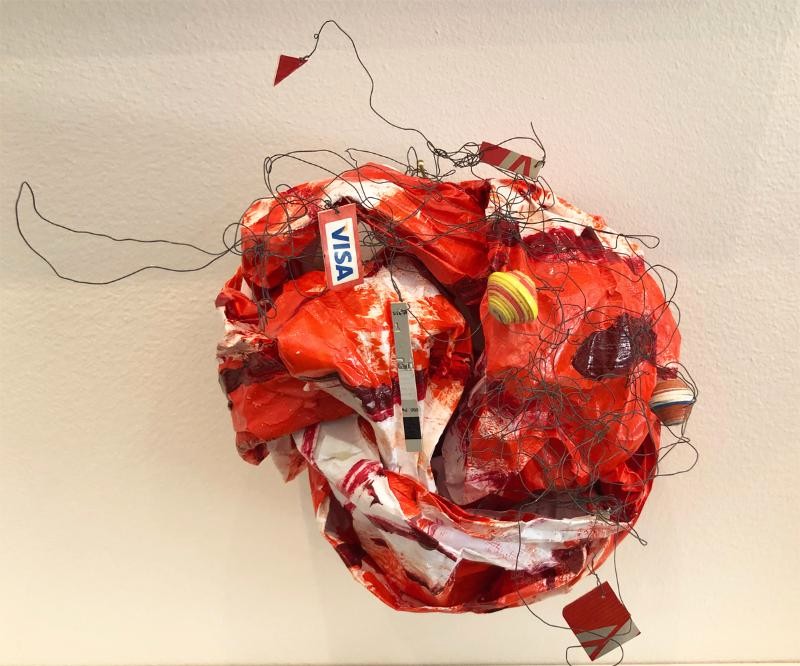
It all adds up in The Small Details, a two-person exhibition on view now through July 29 at the Institute for the Humanities Gallery in Ann Arbor.
Through accretion, addition, and accumulation Amy Sacksteder and Brenda Singletary conjure meaning from bits and pieces—ceramic and glass shards, wire, photos—assembling personal narratives that are highly specific in their material, but universal in their intent.
Systems & Shtetls: Mother Cyborg's "Crafting Our Digital Legacy" & Ruth Weisberg's "Of Memory, Time & Place" at Stamps Gallery
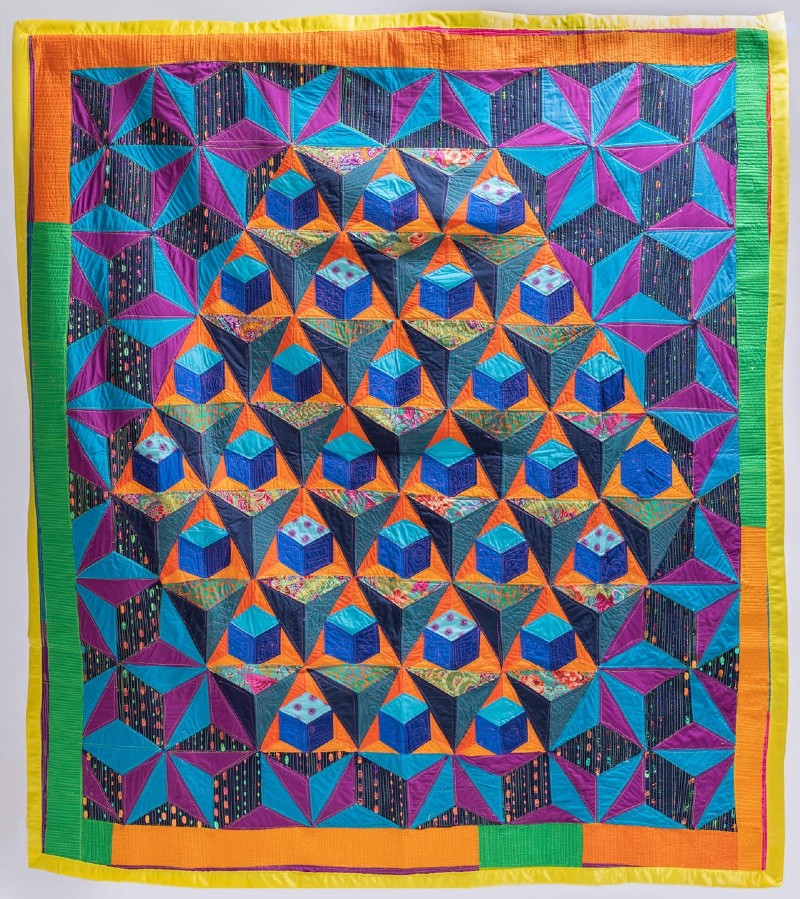
Stamps Gallery’s two simultaneous exhibitions have little in common visually, but they do share some overarching themes.
Mother Cyborg's Crafting Our Digital Legacy exhibit offers bright and captivating quilts that focus “upon our collective relationship with internet technologies, identity, legacy, and the future,” according to the text placed in the front of the gallery.
Ruth Weisberg's Of Memory, Time & Place showcases her ethereal designs and controlled color palettes in her mixed-media works.
While Weisberg’s often-muted tones and figural works contrast visually with Mother Cyborg’s dynamic abstract textiles, both artists ask us to consider where we came from and where we might be going.
You Are Invited: UMMA's "You Are Here" exhibit welcomes visitors back to the museum with works that help viewers experience the space
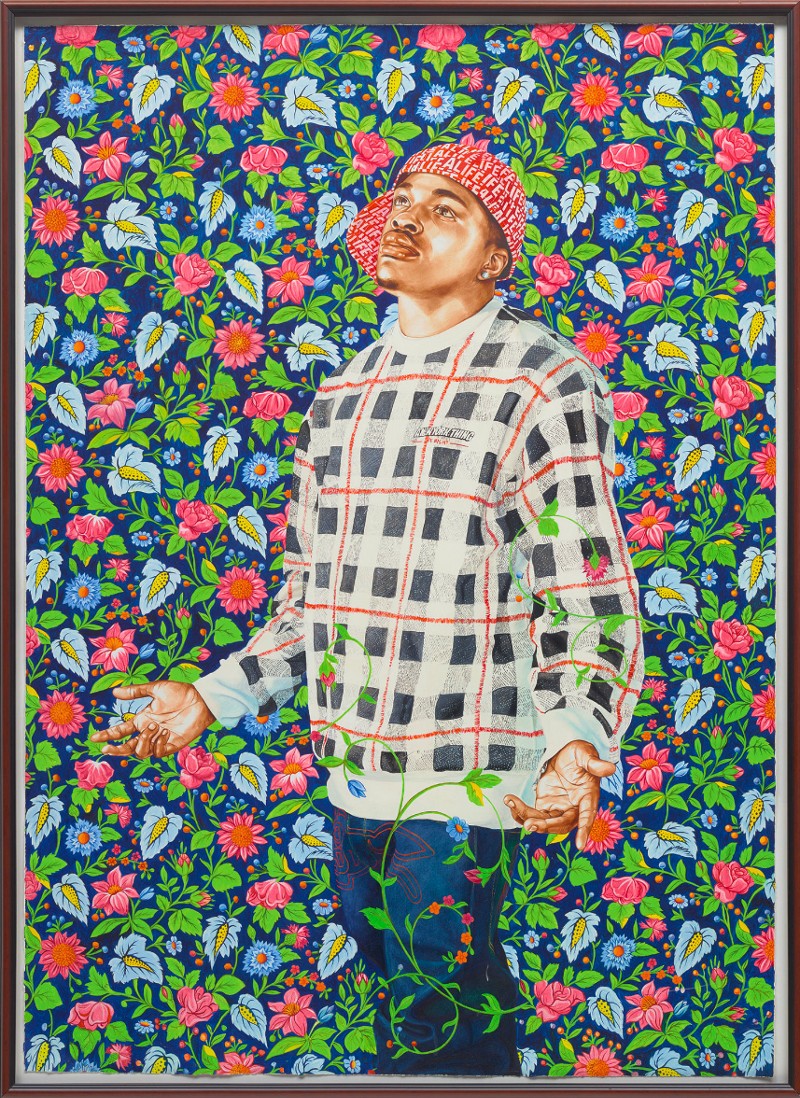
In March 2020, the University of Michigan Museum of Art (UMMA) was closed to the public along with countless other businesses and organizations after the announcement of a global pandemic caused by COVID-19. During that time, we were offered virtual exhibits at UMMA; then, in June 2021, in-person exhibits resumed followed by the October 2021 reopening of the museum’s classic Jonathan and Lizzie Tisch Apse, revitalized with bright, vibrant walls and artworks that interact with visitors’ senses.
UMMA’s first exhibit in the remodeled Tisch Apse is You Are Here. Curator Jennifer M. Friess writes about the joys of our renewed ability to come together in person, but she also notes that we still carry the past two and a half years with us: “While it is exciting to be together again and to see the world slowly reopen, we are also deeply impacted by what we’ve been through. This exhibition holds both of those feelings.”
Even works that have been in the space for decades seem imbued with new life.
AADL's new exhibit, "Capturing an Era: The Progressive Lens of Doug Fulton," showcases nearly 30 years of pictures and prose by The Ann Arbor News staffer
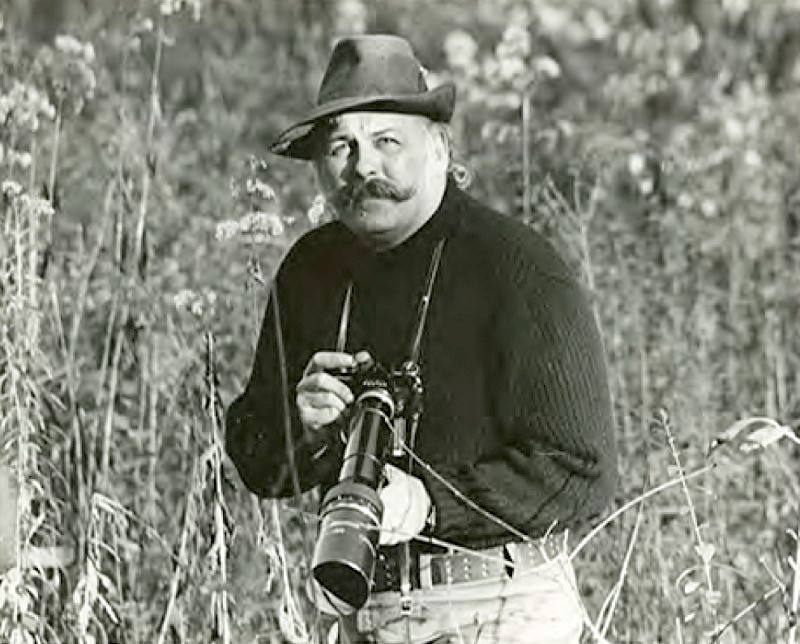
Before social media became the defacto visual archives of our times, newspapers employed a full complement of photographs to capture breaking news and everyday occurrences. It was through their lenses that history was recorded, from the significant to the mundane, with the photographers mixing a fine artist's attention to framing and detail along with a documentarian's eye and mentality toward preserving a fleeting moment for eternity.
Doug Fulton worked as a photographer and writer for The Ann Arbor News from 1954 to 1983. While he was a prolific photographic chronicler of our community—from Chrismas cookie making, neighborhood parades, and blues and rock concerts to structure fires, winter storms, and University of Michigan sporting events—he's also remembered for his column covering Michigan nature, parks, hunting, fishing, and the environment, which he illustrated with his photos.
The Ann Arbor District Library is the home for The Ann Arbor News' archives, and the Old News team at AADL culled through thousands of images to curate a new exhibit:
Capturing an Era: The Progressive Lens of Doug Fulton.
The exhibition is displayed on the second floor of AADL's downtown location from June 10 to September 5, and it features numerous Fulton photos and articles from throughout his 29-year-career at The Ann Arbor News. Additionally, two walls in the exhibit feature blues and nature photos provided to the library by Fulton's daughter Andrea and son Bruce.
You can read more about the exhibit and Fulton's life here, and you can browse all the photos in AADL's Old News archives here.
Then come back to Pulp and read my interview below with Andrea Fulton-Higgins about her father's background, how he came to learn photography in the Air Force, and his love of music and nature.
"Last Night a Camera Saved My Life: The Photography of Doug Coombe" celebrates one of Washtenaw County's finest chroniclers of Michigan music

If you've been to a concert in Washtenaw County in the past 30 years, there's a good chance Doug Coombe was at one of them.
From Ypsilanti basement shows to Hill Auditorium and everywhere around Southeastern Michigan, the long-time Ann Arbor record-store clerk turned first-call photographer has documented local and touring artists of all genres with an exacting eye and an unrelenting passion for music.
The genial Coombe's dynamic concert photos are like energy traps, capturing the exact moment a performer has exploded with passion, while his promotional and journalistic musician photos present bands in creative environments that convey their sounds and attitudes through the images.
Coombe loves what he does and the musicians love him right back. You can actually tell the artists like to be photographed by Coombe just by looking at his pictures.
For real: Everybody likes Doug.
CultureVerse is a new-ish gallery space in downtown Ann Arbor and its latest exhibit, Last Night a Camera Saved My Life: The Photography of Doug Coombe, is a love letter not only to the Washtenaw County and Southeast Michigan music scenes but also to the man who captured these small, fleeting moments for all of eternity.


































